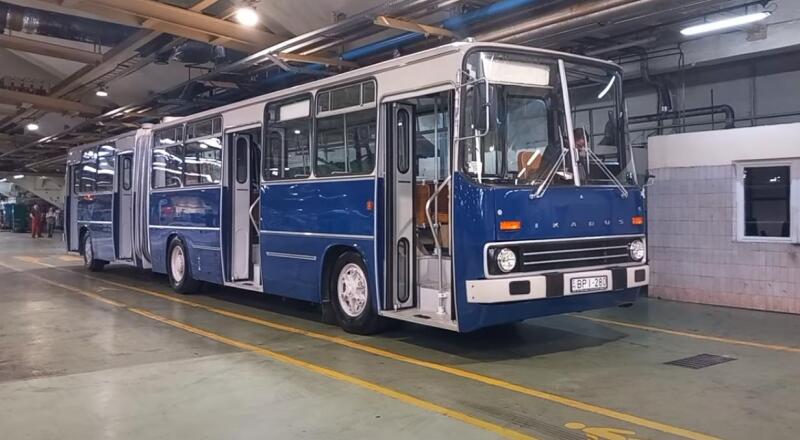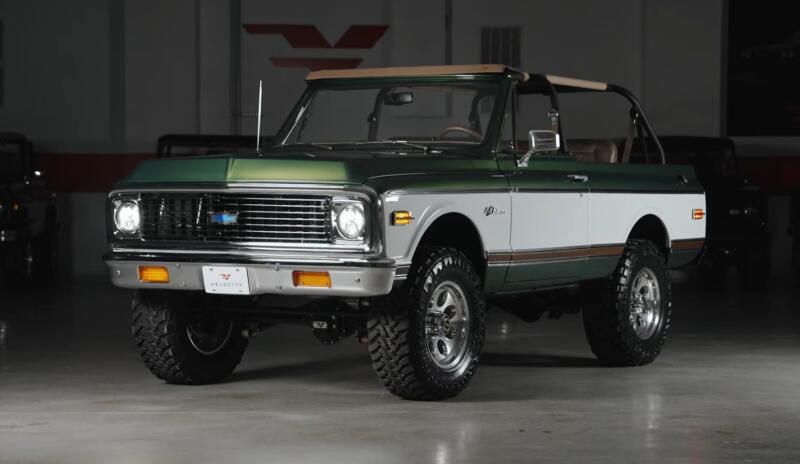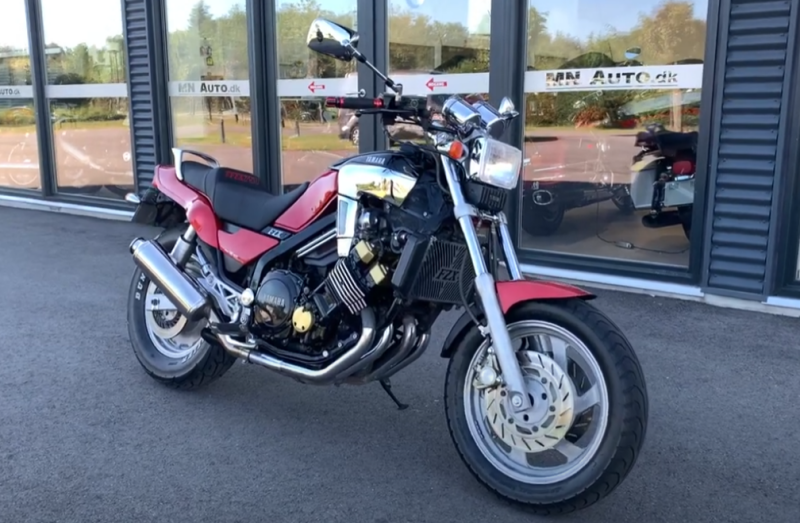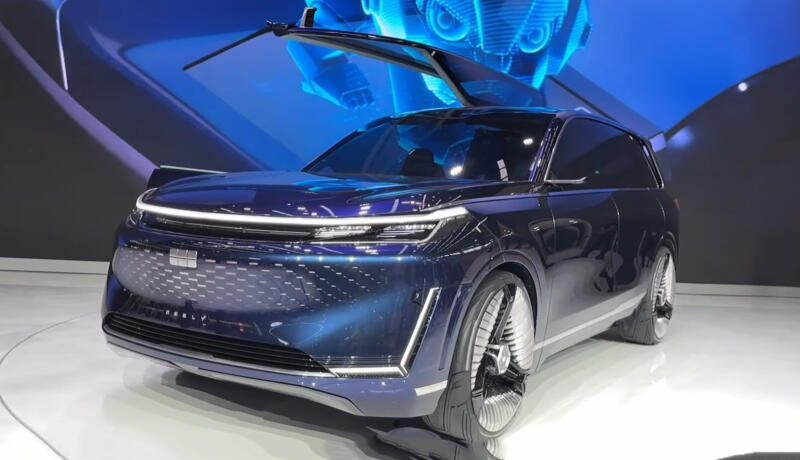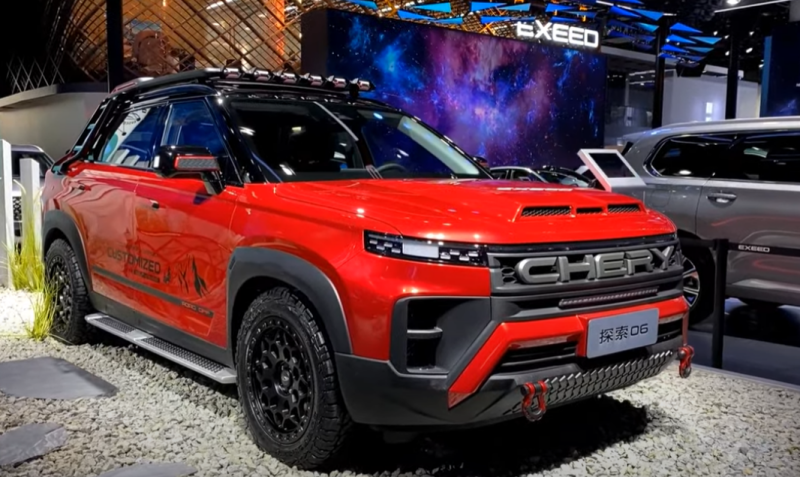The best mopeds for Soviet boys have always been "Rigs" of various modifications. Unlike similar equipment of the Lviv Motor Plant, Sarkana Zvaygzne produced more reliable and stylish models.
Today we will remember the happy Soviet childhood and youth and tell you about all the "Riga", from the first to the last.
Before you start, you need to understand the difference between mopeds and motorbikes. The first can be both pedal and with kickstarters. As for the latter, they are just bicycles with outboard motors. Modern models with electric or kickstarters, pedal versions are no longer available.
"Riga-1"
The very first moped of the Riga motorcycle plant "Sarkana Zvaigzne" was called "Spriditis", but it did not become serial. The fact is that Lithuanian designers failed to create a moped on their own, although a licensed engine was installed on it - the Czech company Jawa. The "Spriditis" model was released in 1958.
 Riga-1 is a stylish and beautiful moped. Photo: Youtube.com
Riga-1 is a stylish and beautiful moped. Photo: Youtube.comOnly in 1960 did an experimental batch of 10 Riga-1s appear, which passed factory and state tests. In 1961, 5 mopeds were already produced, and by 000, the production reached 1965 copies.
Riga-1 became famous throughout the Soviet Union for its reliability and trouble-free operation. The main advantage of this model is the Jawa engine. The main drawback is the volume of 50 cubic centimeters, which required a driver's license.
The Riga-2 moped did not exist, but there was a Gauja motorbike, which is considered to be this very model.
"Riga-3"
The Riga-3 moped was created taking into account the main drawback of the previous model - the need for a driver's license. They abandoned the Jawa engine, they began to install the Sh-51 engine of the Siauliai plant "Vairas" with a working volume of 49 cm3. The first batches were equipped with Sh-50 power units.
The model debuted in 1965 and was immediately bought up by Soviet citizens who were accustomed to the reliability of Riga equipment. That's just compared to the Czech engine, the Sh-51 engine proved to be not very high quality.
 It is difficult to restore such a moped to the ideal. Photo: Youtube.com
It is difficult to restore such a moped to the ideal. Photo: Youtube.comThe main differences of "Riga-3":
- ? Motor is more powerful
- ? Weight less by 2 kilograms
- ? Max speed 50 km/h
- ? New frame and seat
- ? Another shape of the tank, spokes and brake drums
Despite the drop in quality, mopeds were still highly valued by Soviet boys. The level of their assembly was higher than that of the equipment of the Lviv Motor Plant.
"Riga-4"
In 1968, the fourth model of the Riga moped appeared. She received a number of technical changes. For example, a transformer, new gearbox gears and so on.
"Riga-5"
Two years earlier, in 1966, the Riga-5 model appeared. This is a light moped that was produced until 1975. The technique is closer to bicycles, but it has some features in its design that are not characteristic of them, for example, shoe-type rear brakes.
This model replaced the Gauja, but it was more advanced.
 "Riga-4". Photo: Youtube.com
"Riga-4". Photo: Youtube.com"Riga-6" was released in a single copy and did not go into series. Based on it, cross-country small-capacity equipment was made for small athletes.
"Riga-7"
This lightweight moped has replaced the fifth version. Instead of the D-5 engine, the D-6 engine was installed on it. Externally, the model is almost no different from its predecessor. "Riga-7" was the last light moped, more like a bicycle.
By the way, small-capacity equipment without pedals is called properly mokikom. A moped is a unit with pedals, the decoding is in the name.
"Riga-11"
The new version of "Riga" is stylish and modern. She finally got rid of the cycling traits. Why 11? Previous modifications were experienced or sporty, this also applies to the following models, which often do not go in a row.
Initially, the manufacturer planned to make a moped with an automatic clutch, but then this idea was abandoned.
"Riga-11" was not very reliable. The frame of the new design often burst, the location of the gas tank was unsuccessful, when driving uphill, fuel could not flow into the carburetor, especially if there was not enough of it.
 "Riga-11" is like a bicycle. Photo: Youtube.com
"Riga-11" is like a bicycle. Photo: Youtube.com"Riga-12"
By releasing a new model, the manufacturer sought to get rid of the shortcomings of the previous one, and it worked out. The frame was reinforced, the gas tank was placed higher. The engine on the "Riga-12" was installed Sh-57. The drive is still the same pedal, but the layout is typically moped.
"Riga-13"
The model began to be produced in 1983. This moped became the most massive in the history of the Sarkana Zvaigzne plant. They did it until 1998.
The main advantage of "Riga-13" is its low price and simplicity of design.
"Riga-16"
First full mockup. Finally, the pedals disappeared, to the great joy of the Soviet boys. It was these models that were in the highest demand, and their owners were respected by the entire court. It's almost like a real bike!
Riga-16 has been produced since 1977. At first, the S-58 and Sh-57 engines were installed on them, then they began to equip them with the Sh-58 engine.
"Riga-22"
In 1981, model 16 was replaced by Riga-22. Mokik turned out to be more reliable due to the use of contactless ignition and a new gearbox. By the way, the gearbox on the models of the first years of production was not reliable.
 Carefully restored "Riga-16". Photo: Youtube.com
Carefully restored "Riga-16". Photo: Youtube.comAfter the modernization of 1984, the gearbox was strengthened, and the Sh-62 and Sh-62M engines were replaced with a reliable V-50 with a power of 1,8 liters. With.
Dream come true - "Riga-26 Mini"
The most stylish mokik in the history of the Riga motorcycle plant was Riga-26 Mini. Modern, made based on the Japanese Honda Monkey, the moped captured the imagination of Soviet teenagers.
Despite its miniature size, "Riga-26" weighs about 50 kg. The model could be stored at home on the balcony, carried in the trunk of a car.
"Riga-30" is the same mini-mokik, but improved. It has a spring rear suspension, not a rigid one. A further development of the series of mini-mokiks was "Stella".
 "Riga-30". Photo: Youtube.com
"Riga-30". Photo: Youtube.com"Riga-Delta"
The traditional line of mopeds of the Riga Motor Plant was continued by the Delta model.
The moped was produced in several modifications.
This version has been assembled since 1986, equipped with different engines, from V-50 to V-50M. This moped was also in high demand and respected by Soviet boys. It was difficult to get the Delta - there were not enough of them for everyone.
In addition to teenagers, the mopeds of the Riga plant "Sarkana zvaigzne" were loved by pensioners living in the countryside and city fishermen. The technique made it possible to travel long distances and not depend on public transport. Rights were not needed, so you can drive even under a small "degree".
The price of mopeds in the USSR was small - about 240-250 rubles. It is interesting that "Riga" and "Karpaty" cost the same, seriously differing in quality.
The plant "Sarkana zvaygzne" went bankrupt long ago. After the collapse of the Soviet Union, the company tried to sell its equipment to Europe, but everything was busy there, and no one needed two-stroke mopeds.
 "Riga-Delta". Photo: Youtube.com
"Riga-Delta". Photo: Youtube.comThe situation was aggravated by the appearance of a descendant of the former owner of the plant, who sued half of the enterprise, and so he left everything.
But mopeds still ride, although there are few of them left ...


